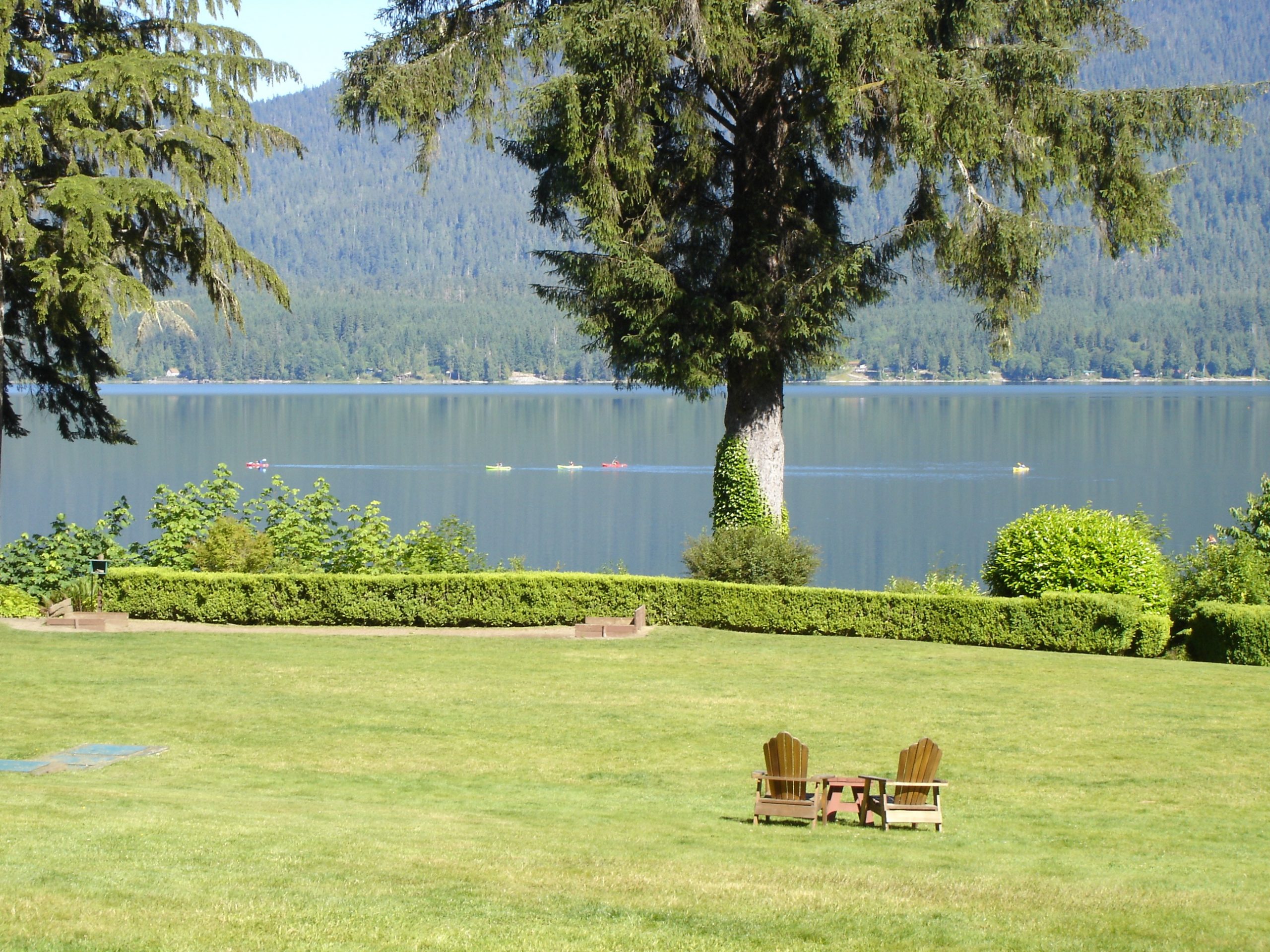Do you dream of a lawn that is lush, green, and healthy? A lush, well-kept lawn provides the ideal green backdrop for vibrant plant borders, a lovely spot for summer picnics, and even a gathering ground for birds and other wildlife. Taking care of your lawn will keep it healthy and avoid the formation of unpleasant brown and barren areas, and it doesn’t have to be a continual battle against the weather. Simple modifications in how you mow, water, and fertilize your lawn may have a significant impact. By reading the recommendations below, you will discover the best things you can do for your lawn to keep it healthy.
Evaluate Your Lawn’s Baseline
The first step in lawn maintenance is to establish a baseline. You’ll want to analyze it to better understand what measures you’ll need to take to beautify your lawn. Is your lawn overgrown with crabgrass and weeds? Do you have dead patches from outside furniture or pets? Are you unable to plant new plants or trees because your yard is too compacted? All of these issues are signs of an unhealthy lawn that will take time and effort to correct. You may, on the other hand, only have a few places that require reseeding and watering. Knowing where you are and what your ideal lawn looks like can aid you in making a strategy and sticking to it. You may make a plan to create the lawn you desire after you know the existing state. Weeding, mowing, fertilizing, watering, and aerating are the five essential components of most lawn care plans.
Weeding
Weeding keeps your grass looking lovely and even. It also helps your grass grow by preventing weeds from stealing its sunshine, water, and nutrients. Dandelions, crabgrass, white clover, and quackgrass are some of the most frequent weeds you’ll come across. Pulling weeds by hand, roots and all, is the most efficient way to get rid of them. If you have a densely weeded yard, though, you may want to use a spray to kill the weeds instead. For parents who are concerned about their children or dogs being outside after spraying, there are a variety of natural and organic solutions for eliminating weeds.
Fertilizing
All lawns require at least one fertilization every year to avoid water runoff and enhance health. Before you fertilize your grass, you’ll need to know what it’s made of. To do a pH test, take a sample of your soil (some home and garden shops will even test your soil for free!). If you’ve decided on St. Augustine grass, for example, you can choose the right fertilizer from several options suggested by the folks at https://gardenandgrass.com/best-fertilizer-for-st-augustine-grass/ once you know what your soil is lacking. There are several non-toxic and natural fertilizers on the market these days, and depending on your soil’s demands, you may even fertilize using compost. When you buy fertilizer, some home and garden retailers will also let you borrow a spreader for free.
Mowing
When it comes to lawn care, proper mowing is a must. To ensure a clean-cut, sharpen your blade before the start of the mowing season. Also, wait until your lawn has dried completely after rain or watering before mowing since the slippery grass can be dangerous to the mower operator. And, while it may throw your schedule off, it’s always better to mow according to the growth of your lawn rather than on a weekday. Before mowing your lawn, wait until it has grown ⅓ its trimmed height. Never trim your grass shorter than two inches (5 cm), and try to keep it between 2.5 and 3.5 inches.
Watering
While you might notice neighbors watering their lawns multiple times a week throughout the summer, most yards don’t require that much water. If you have a week with no rain, a good watering should suffice to keep your lawn hydrated. If you reside in a dry region, water thoroughly once a week. Because it allows the water to seep deeply into the soil and roots, one deep soak is more efficient than a short watering a few times a week. Water early in the morning if possible, since intense sunshine might cause the water to evaporate before it has a chance to soak in completely. To avoid inviting fungus into your yard, avoid watering at night.

Aerating
Aerating your lawn brings air to the soil, allowing oxygen, fertilizer, and water to reach the plant roots. You’ll probably need to buy or rent a plug or spike aerator if you’ve never aerated your grass before. Plug aerators are much more effective if your lawn is very compacted, whereas spike aerators are better if your soil is naturally loose. You may always speak with someone at your local home and garden shop if you’re not sure which is best for your grass. To add air to your soil without harming grassroots, you’ll only need to aerate it once every few years. The majority of people aerate their lawns in the spring and/or fall.
With a little effort, you can have a lush, healthy lawn. These lawn care ideas will ensure that you have a soft, lovely yard to enjoy all year!